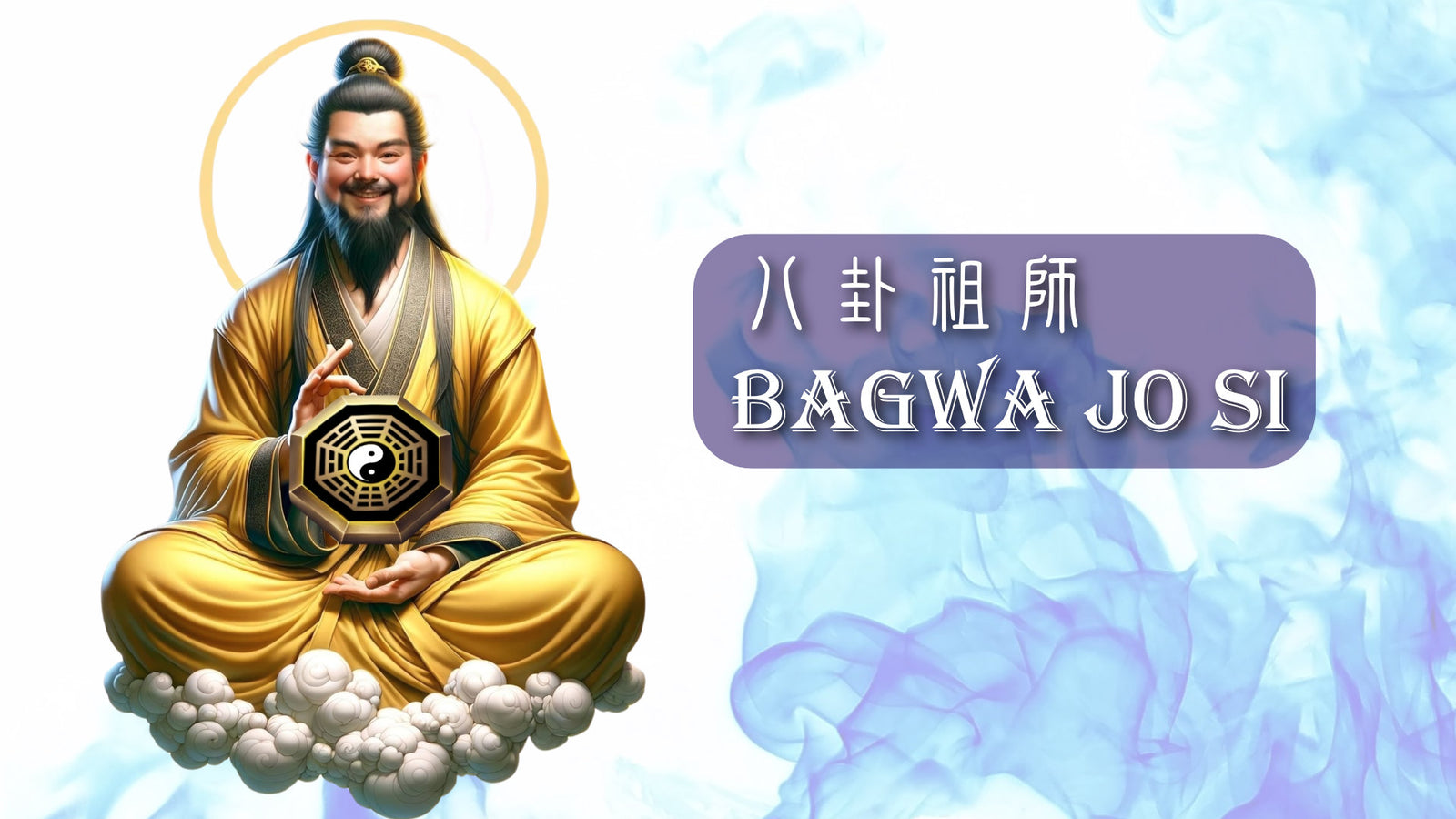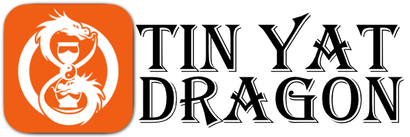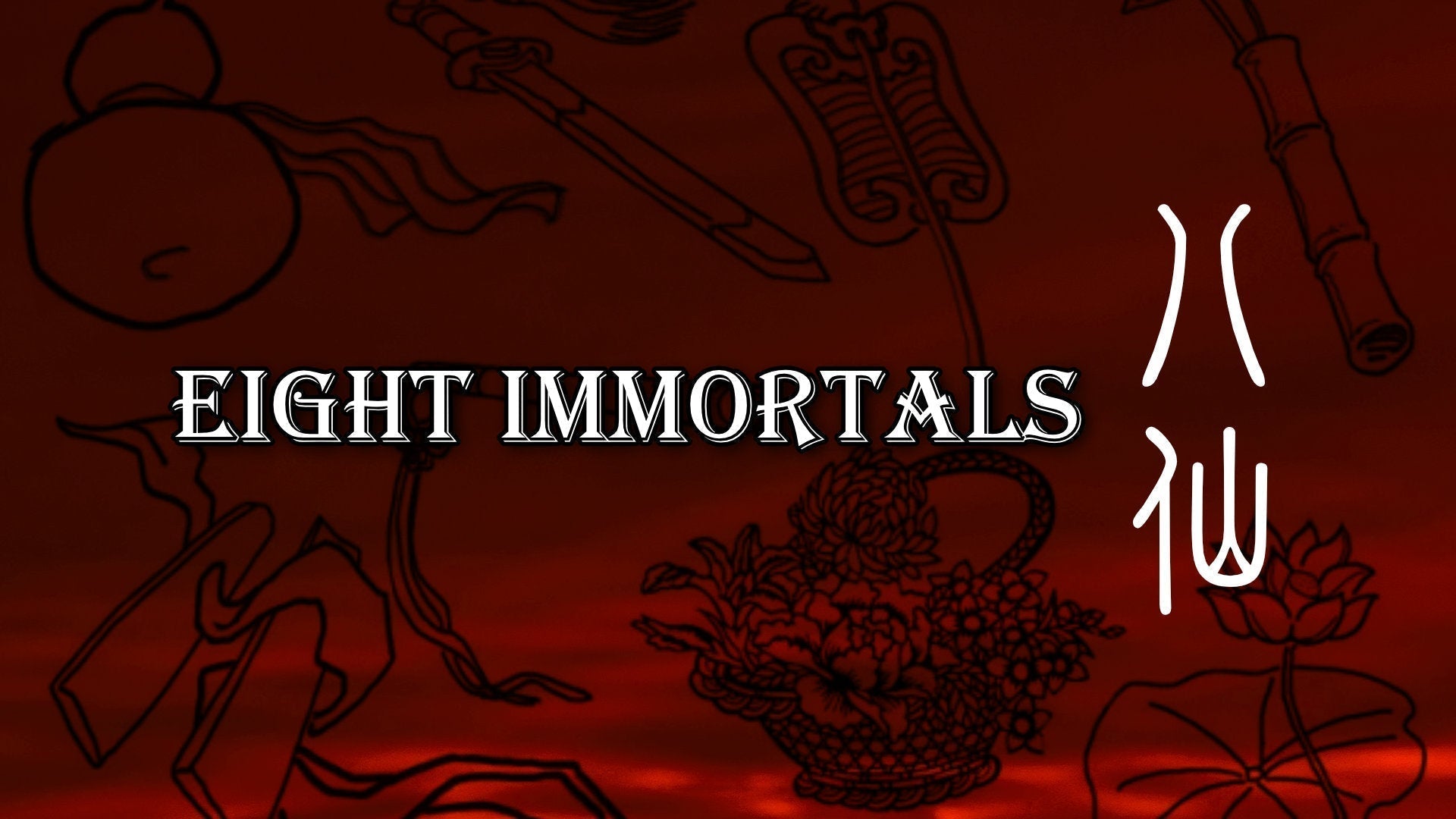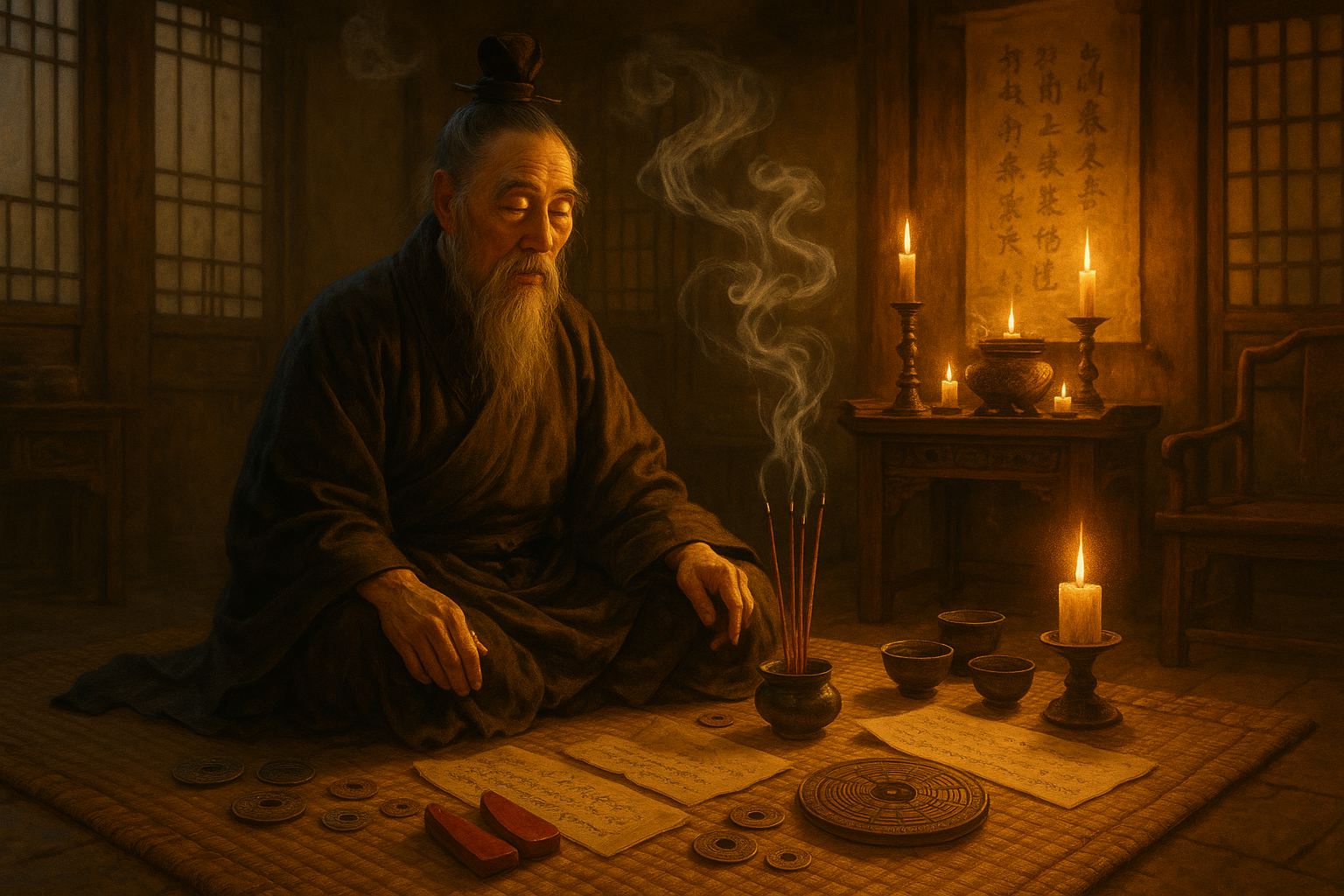
In our Saam Law Taoism, we hold high regard for the deity known as Bagwa Jo Si (八卦祖師), or Pie Gwa Ju Cia in Saamlawnese. His special day is on lunar July 15th. This god is our go-to for making connections across different courts and deities within the sect.
Who Need This God?
For disciples running their altars and dabbling in magic, Bagwa Jo Si is your main man. Before you kick off any magic that calls upon a specific deity, you'll need to go through Bagwa Jo Si to make that connection. Setting up a new altar? It's got to get Bagwa Jo Si's stamp of approval to be legit and safeguarded within our network.
The God’s Power
Bagwa Jo Si resides in the Religious Court, acting as the ultimate switchboard operator between us mortals and the divine. Think of him like dialing into a mega-corporation's switchboard, where Bagwa Jo Si patches you through to the deity you need. Plus, he's got the Bagwa Army, a team of celestial army dedicated to altar defense. They're the first line of defense against any spiritual attackers threatening our sacred spaces.
A True Story
I've witnessed a disciple's altar under siege by some nasty spirits and dark magic, leaving it completely drained. But with a shout-out to Bagwa Jo Si and his squad, a rescue op was launched, the altar got back on its feet, and the disciple turned the tables to clinch a victory. Bagwa Jo Si isn't just another deity; he's the ultimate guardian of our altars, he work closely with the landlord deity while reporting up to the Ground Emperor above, ensuring our spiritual strongholds stand secure.
If you're intrigued and wish to explore deeper, check out our eBook, “Prayers of Faith”. There is also an eBook on “Gods and Deities 101” for more details. Open your heart to the Tao through its teachings. For those eager to harness the power of Taoist magic, consider getting ordained with us and begin your journey with the Tao.


